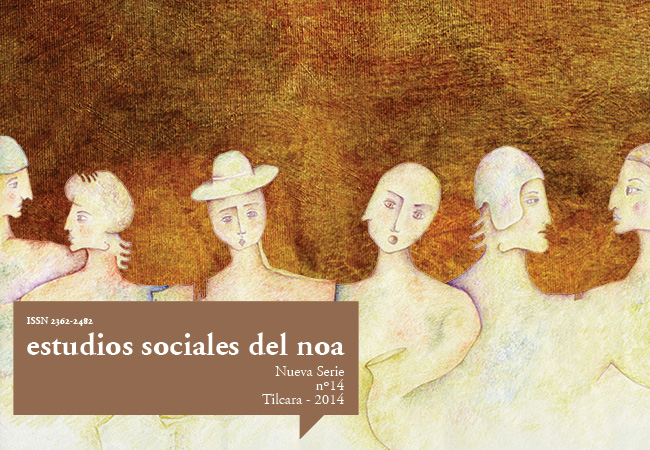<i>Dejar + gerund</i> with perfective value in Andean Spanish of Northwest Argentina, Ecuadorian Mountains and Southwest Colombia: social historical reasons of a diatopic feature
Abstract
Since its arrival to the Americas in 1492, Spanish has gone through a long and complex process of transformation. The Spanish language has experienced important changes throughout the different stages of its expansion in the continent, from the latest fifteenth century to the eighteenth century. Such linguistic shifts, due to reasons of different nature, shaped regional varieties of American Spanish. Andean Spanish is a koiné spread today throughout South America, spoken in some regions of Colombia, Ecuador, Peru, Bolivia, Chile and Argentina. Sometimes, we can lose sight of this dialect as a linguistic continuum because some linguistic features are not present in every area. Nevertheless, many of them appear all along the region. Such features, shared by all varieties of Andean Spanish, are evidence of the linguistic contact between Quechua and Spanish for more than five centuries. In some areas, such contact and influence still remains. From a social historical point of view, this paper aims to explain the distribution of a feature that different investigators have found in peripheral areas of the Andean region: dejar + gerund, a peripheral construction with perfective value.Downloads
Authors who publish in this journal accept the following conditions:
- The authors or translators retain the copyright and assign to the journal the right of first publication, with the work registered under the Creative Commons Attribution-NonCommercial-ShareAlike 4.0 International, which allows third parties to use what published as long as they mention the authorship of the work and the first publication in this journal.
- Authors may enter into other independent and additional contractual agreements for the non-exclusive distribution of the version of the article published in ESNOA (eg, include it in an institutional repository or publish it in a book) as long as they clearly indicate that the work was first published in this journal.












